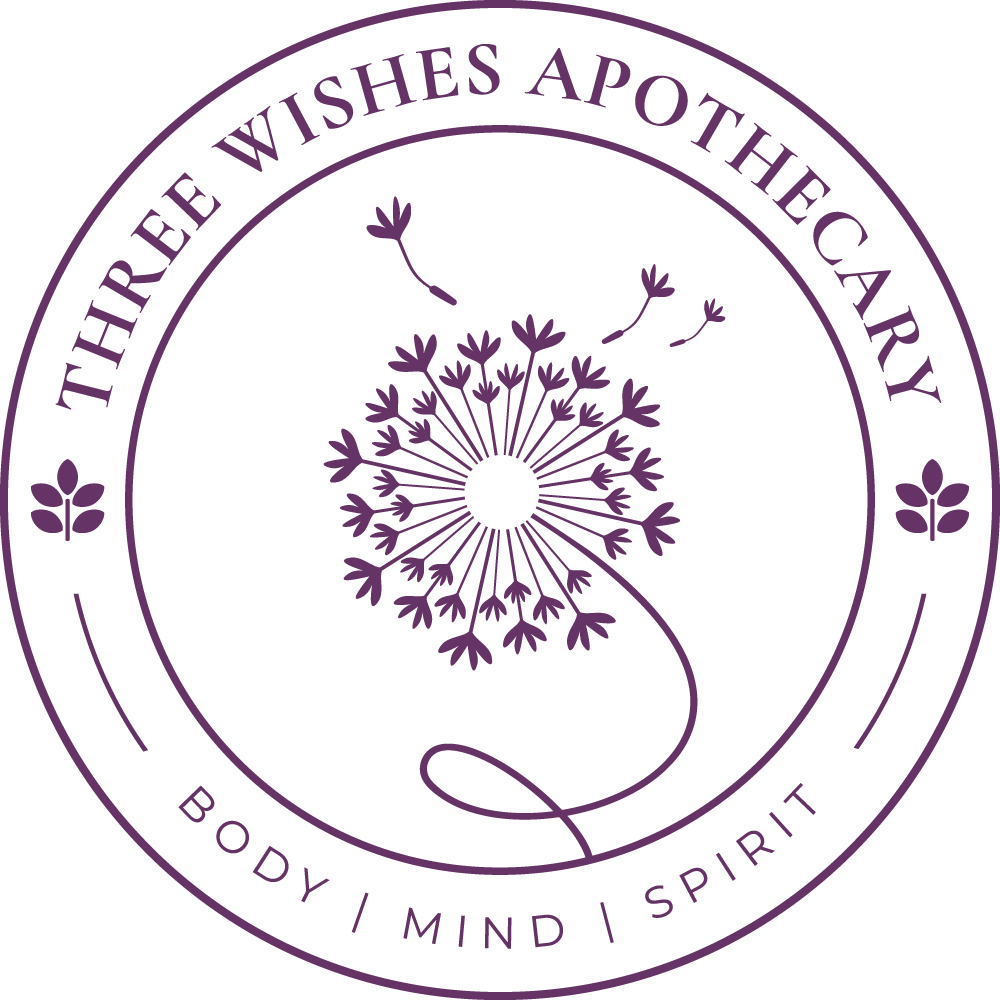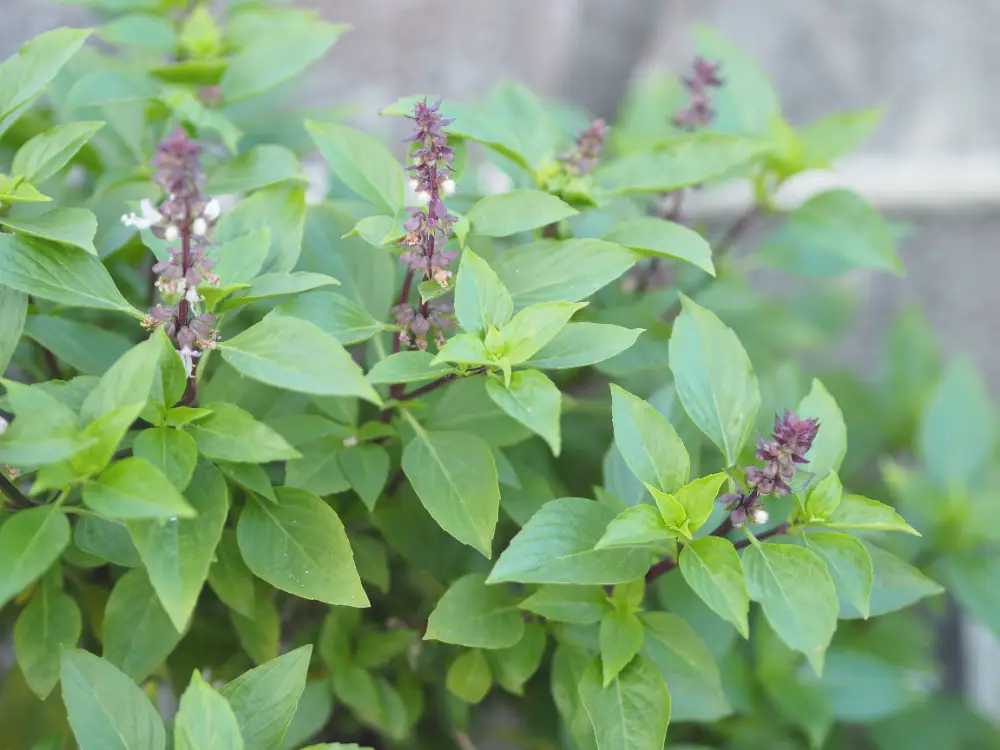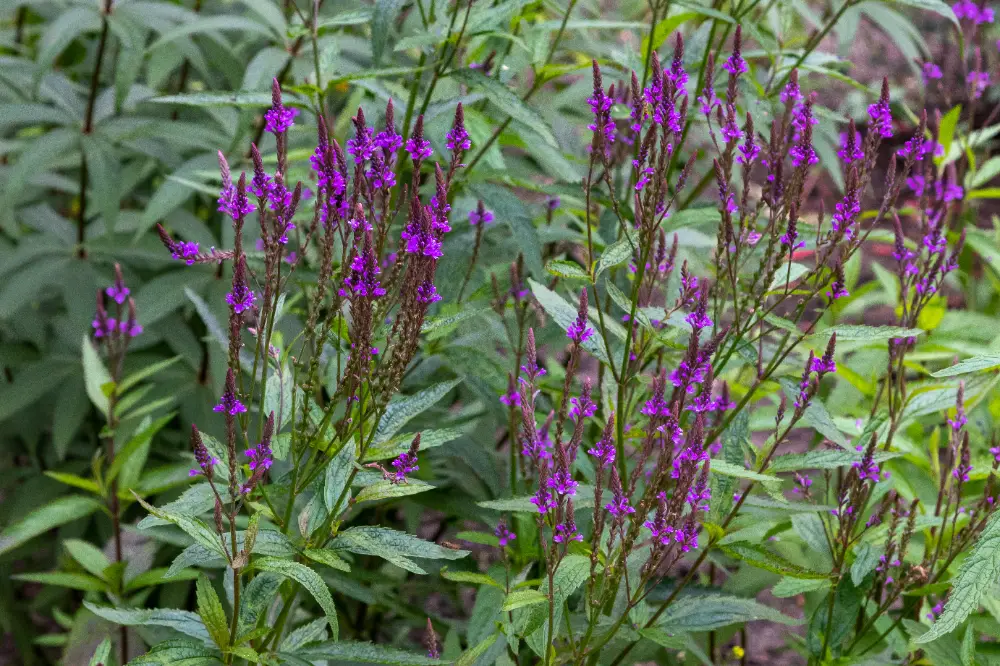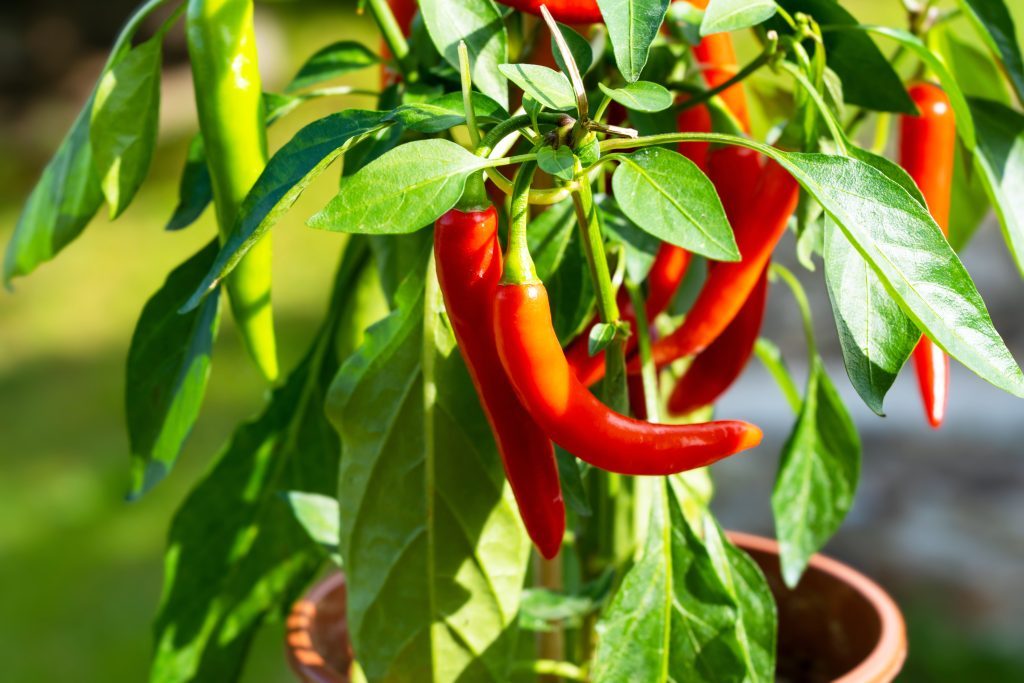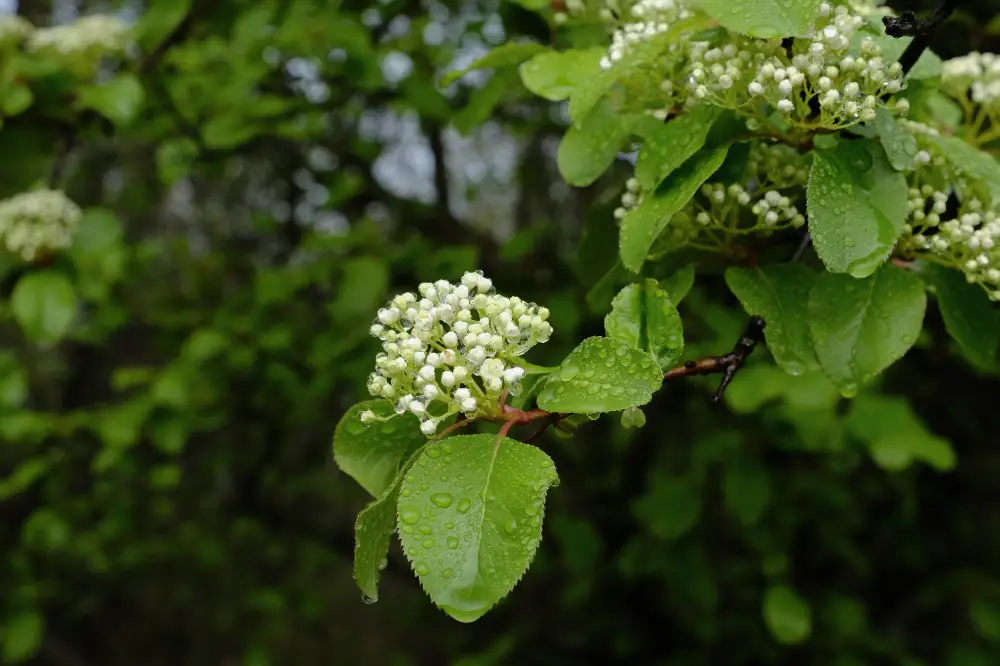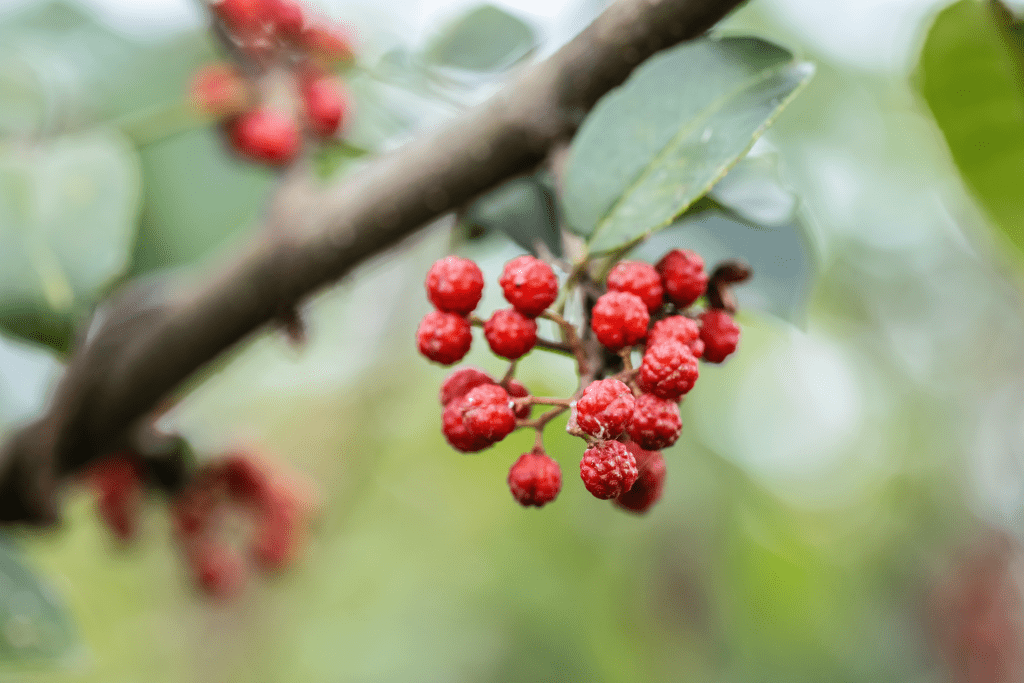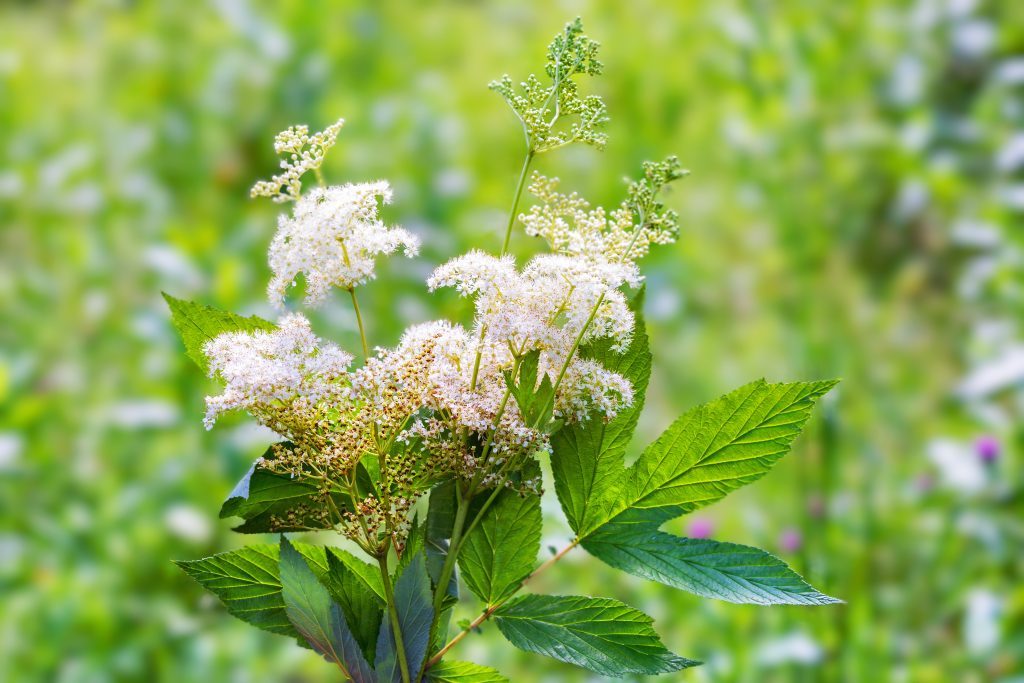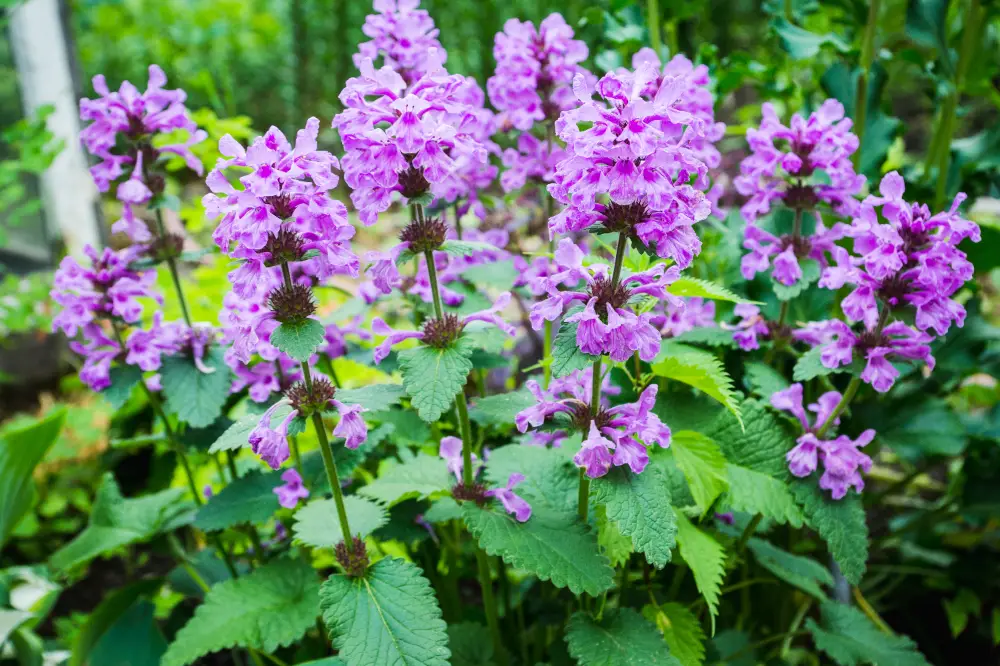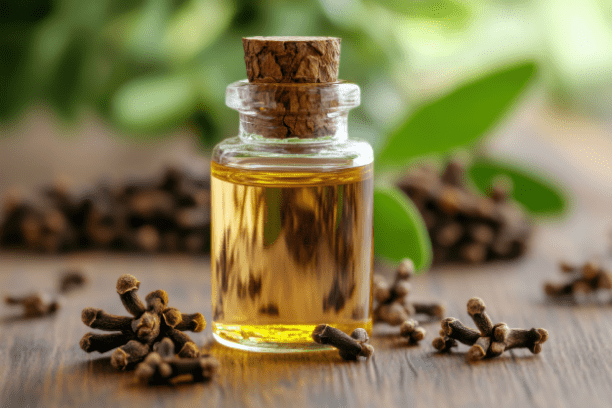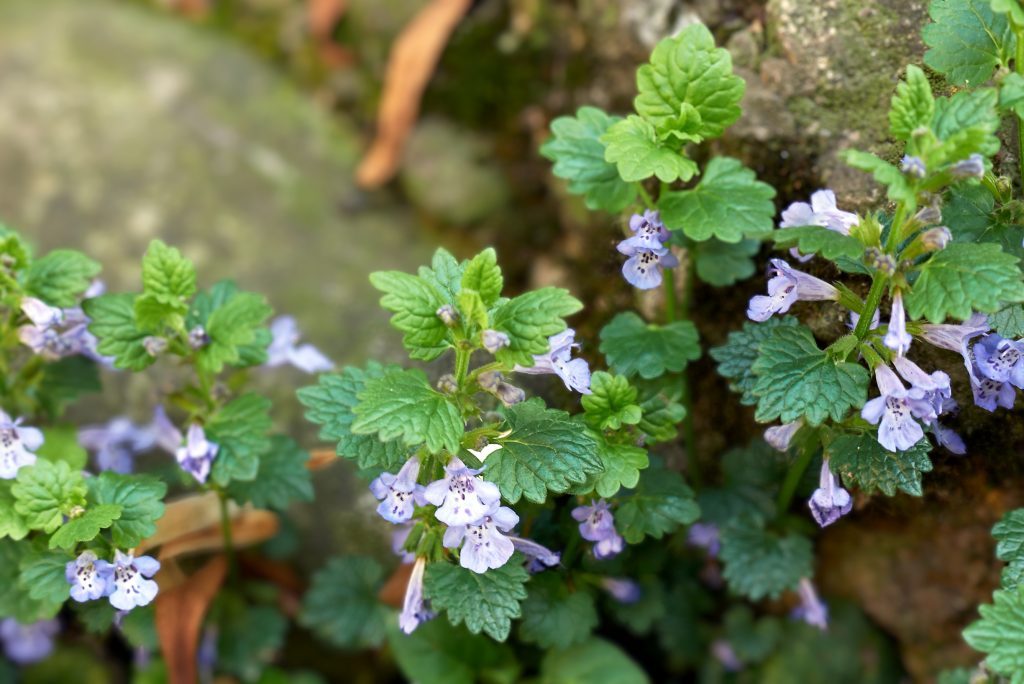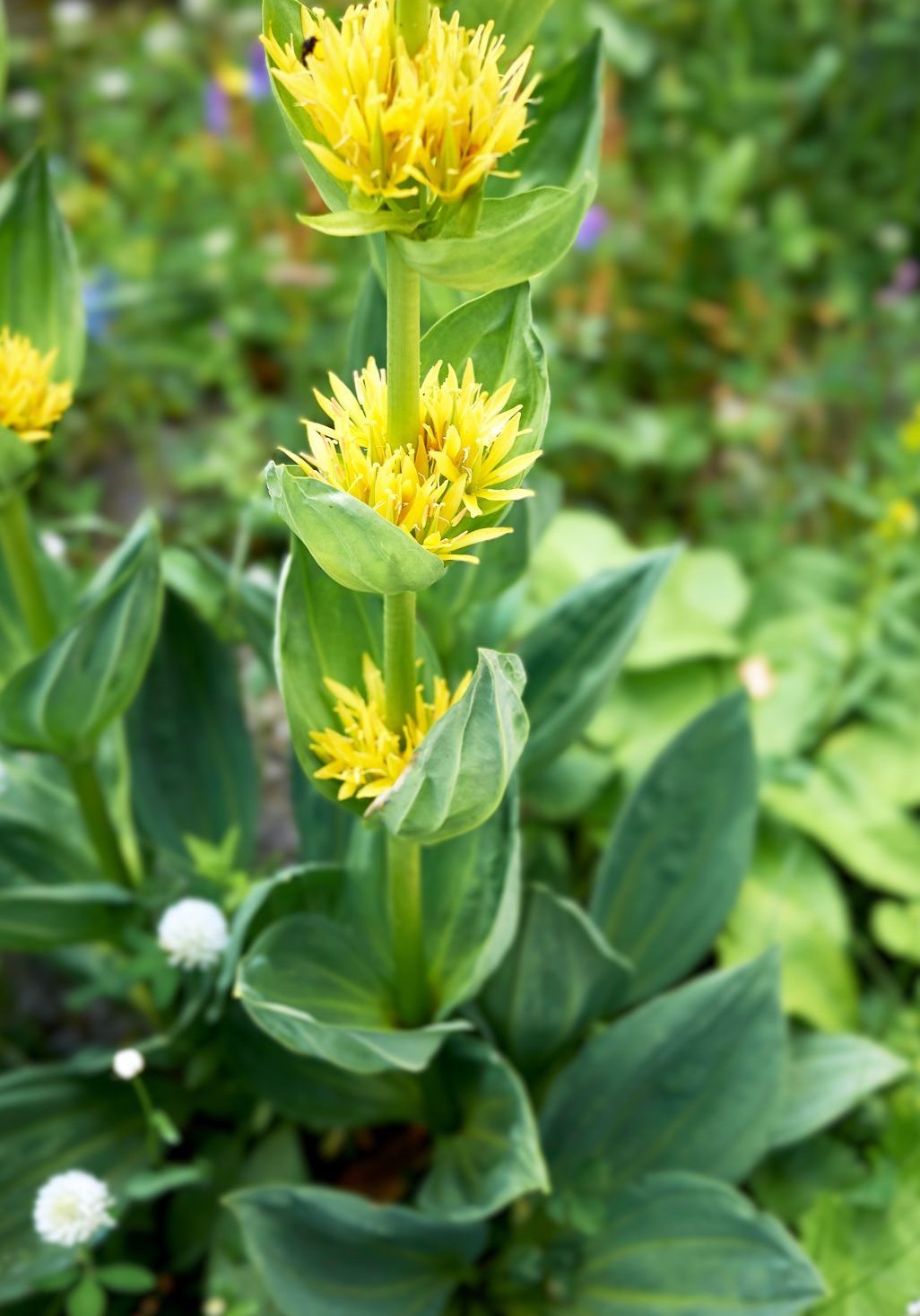
Gentian
Gentiana lutea
Known for its strong bitter properties that stimulate digestion.
Superpower
Gentian’s intense bitter properties, which make it a powerful digestive stimulant, aiding in the secretion of digestive juices, improving appetite, and promoting liver health.
Uses
Traditional Uses:
For centuries, Yellow Gentian has been used in traditional European herbal medicine as a digestive bitter and tonic. It was employed to treat indigestion, loss of appetite, and liver complaints. The bitter root was also used to stimulate bile production and enhance liver function.
Current Uses:
Today, Gentiana lutea is primarily used as a:
- Bitter digestive tonic: Stimulates gastric secretions, improves appetite, and alleviates indigestion.
- Liver tonic: Supports liver detoxification and bile production.
- General tonic: Used for its ability to strengthen the digestive system and improve nutrient absorption.
Cautions
Toxicity:
Yellow Gentian is considered safe for most individuals when used appropriately. However, its strong bitter properties may cause gastric irritation, headache or nausea in high doses.
Contraindications:
- Gastric ulcers: People with peptic ulcers or gastritis (acute gastrointestinal inflammation) should avoid Gentian due to its stimulation of gastric acid.
- Pregnancy: Not recommended during pregnancy and lactation.
Interactions:
- None known
Known Chemical Constituents
- Iridoid Glycosides:
- Amarogentin, gentiopicrin: These compounds are responsible for Gentian’s intense bitter principle, stimulating digestive secretions and improving appetite. Amarogentin is known as one of the most bitter natural substances.
- Terpenoids:
These compounds contribute to anti-inflammatory and antioxidant effects, supporting immune health and liver detoxification. - Sugars:
- Saccharose, gentianose, gentiobiose: These are bittersweet sugars that add complexity to the bitter taste profile, while supporting digestive health.
- Xanthone Derivatives:
- Gentisin, gentisein, isogentisin: Xanthones provide antioxidant properties, supporting cellular health and liver detoxification.
- Pyridine Alkaloids:
These alkaloids contribute to digestive stimulation and may support liver function through their bitter properties. - Flavonoids:
Flavonoids are known for their antioxidant effects, reducing oxidative stress and promoting circulatory health. - Phenolic Acids:
These acids provide anti-inflammatory and antioxidant effects, supporting liver health and immune function.
Botanical Description
Growth Habit:
Gentiana lutea is a perennial herb that can grow up to 1.5 meters (5 feet) tall. The plant has a thick, unbranched stem and features large, elliptical leaves.
Leaves:
The leaves are opposite, large, and elliptical or lanceolate in shape. They are dark green, with prominent veins and a slightly leathery texture.
Flowers:
Yellow Gentian produces clusters of yellow, star-shaped flowers in whorls at the top of the plant. The flowers bloom in late summer and are generally 5-lobed, with a distinctive bright yellow color.
Roots:
The root system is thick, fleshy, and long. It is the primary medicinal part of the plant, used for its strong bitter properties.
Habitat:
Native to the mountainous regions of central and southern Europe, Gentiana lutea prefers well-drained soils and full sun, thriving in alpine meadows and grasslands.
Fun Facts
Yellow Gentian has been used in the production of bitters and aperitifs for centuries.
Parts Used
Root
Harvest
Roots:
The roots of Gentiana lutea are the primary medicinal part of the plant and are typically harvested after the plant reaches 2-5 years of age. The root’s concentration of bitter compounds like gentiopicrin and amarogentin increases as the plant matures, making older roots more potent for medicinal use.
Best Time to Harvest:
- Fall: The optimal time to harvest Gentian root is in the late fall after the aerial parts of the plant have died back. During this time, the plant’s energy is concentrated in the roots, resulting in a higher concentration of medicinal compounds.
- Spring (alternative): Early spring can also be a good time to harvest, before the plant begins to send energy to new growth.
Harvesting Method:
- Gently dig around the base of the plant with a spade or digging fork, loosening the soil to avoid damaging the roots.
- Carefully extract the thick, fleshy roots, taking care not to break them. For sustainability, only take a portion of the root from any wild-harvested plant to allow regrowth.
- Rinse the roots thoroughly to remove soil and debris. The roots can then be cut into smaller pieces and either dried or used fresh for tinctures, decoctions, or other preparations.
Sustainability Considerations:
Gentian has been subject to overharvesting in the wild due to its medicinal value. To ensure sustainable harvesting:
- Cultivated sources are preferable, especially for large-scale harvesting.
- If wild harvesting is necessary, always harvest responsibly by taking only a small percentage of the plants from any given population to allow for regeneration.
Drying and Storage:
Once harvested, the roots can be dried in a well-ventilated, shaded area to preserve their active constituents. After drying, store the roots in airtight containers away from direct sunlight to prevent degradation of the bitter principles.
Preparations
Tincture: Gentian root is commonly used in tincture form to stimulate digestion and appetite.
Infusion: An infusion of the root is used as a digestive bitter to enhance liver and bile function.
Powder: The powdered root can be used to make bitters or in capsules to support digestion.
Bitter Formulations: Often combined with other herbs to create digestive bitters for appetite stimulation and liver health.
Sacred Rituals
It was believed to clear blockages and help individuals overcome physical and spiritual challenges, often used in purification rituals before long journeys or significant life events.
Affirmations
“I find strength in every challenge, clearing the path ahead with clarity and purpose.”
Spiritual Associations
The deep, bitter properties were often linked to clearing obstacles and strengthening resolve in the face of challenges.
Functions
A medical condition characterized by a deficiency of red blood cells or hemoglobin in the blood, leading to reduced oxygen transport throughout the body.
Anti-microbialA substance or agent that inhibits the growth of or destroys a broad range of microorganisms, including bacteria, viruses, fungi, and protozoa.
Bitter digestive stimulantRefers to a substance or agent, typically an herb, that activates the production of digestive juices and enzymes through its bitter taste, enhancing digestion and nutrient absorption.
CholagogueA substance or agent that promotes the release of bile from the gallbladder into the digestive tract, aiding in digestion and detoxification.
Convalescence Treatment
Refers to substances, practices, or agents that support recovery and restoration of strength after illness, surgery, or physical exhaustion.
Digestive & Elimination HealthThe overall well-being and optimal functioning of the digestive system, which includes the gastrointestinal tract, liver, pancreas, and other supporting organs. It encompasses the processes of breaking down food, absorbing nutrients, and eliminating waste, as well as maintaining a healthy balance of gut microbiota.
HepaticA substance or agent that supports, protects, and enhances the function of the liver, including detoxification, bile production, and overall liver health.

